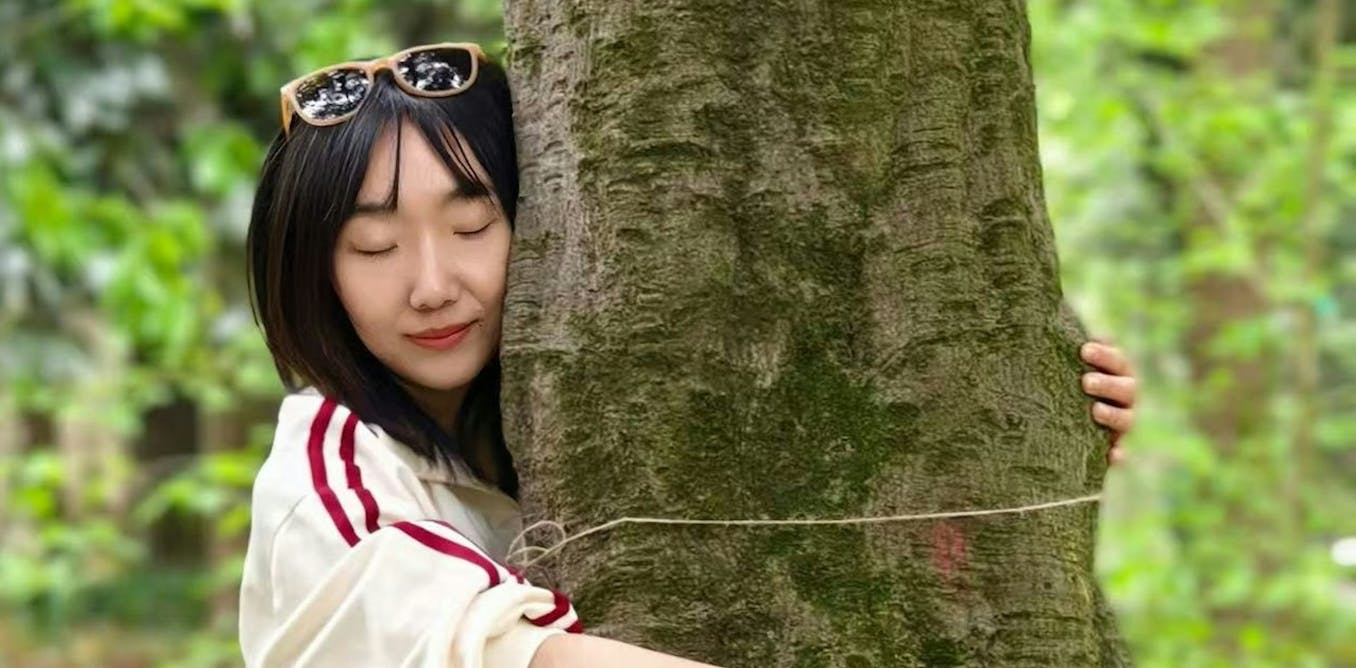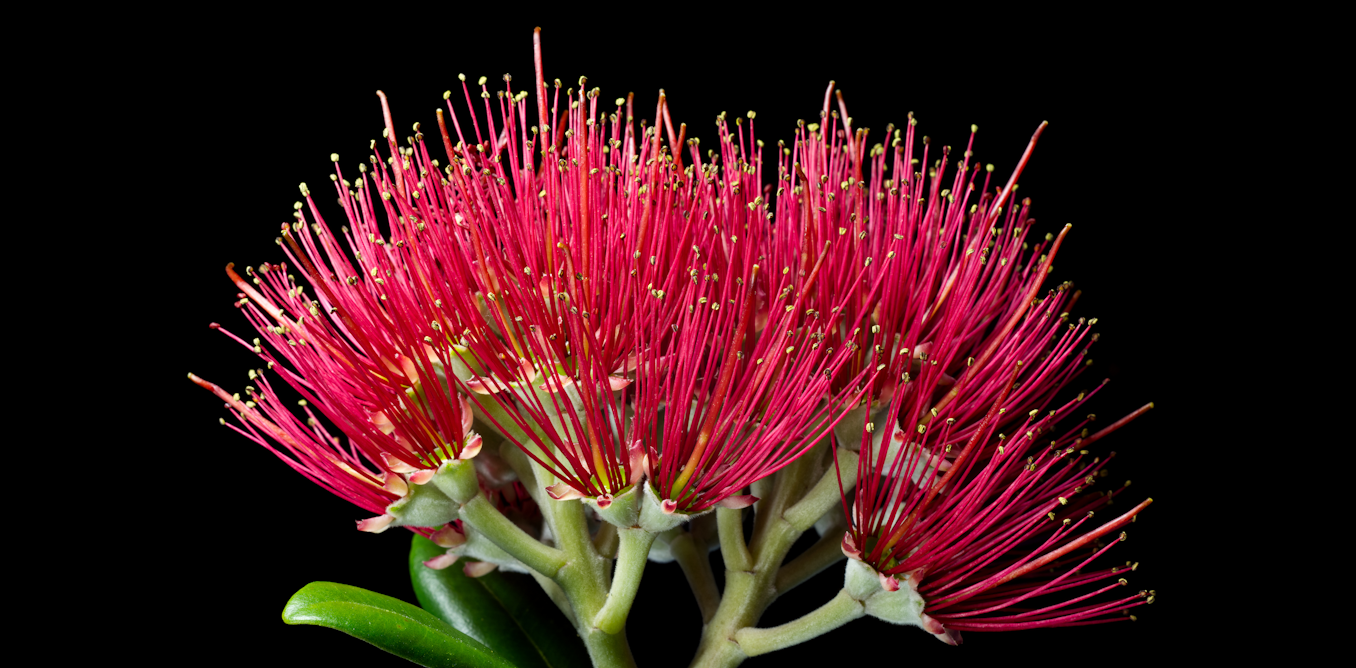If the auction house Sotheby’s was the defendant on trial this week in the Southern District of Manhattan, you wouldn’t know it by the testimony given in court Tuesday by Mikhail Sazonov, once the chief financial officer, and later the chief investment officer, for the Russian billionaire Dmitry Rybolovlev’s family office.
In the case, Rybolovlev is suing the auction house for what he alleges is their complicity in him supposedly getting duped time and again by Swiss art dealer and advisor Yves Bouvier. However, the auction house barely figured into Tuesday’s testimony.
When Rybolovlev started buying art for his Switzerland home in 2002, Sazonov, a financial analyst by education and trade, was there to help, though he admittedly knew almost nothing about the machinations behind the art market. Soon enough Rybolovlev began craving an art collection beyond home décor. Rybolovlev, through a fellow Monaco resident named Tania Rappo, had been introduced to Bouvier, who, with Sazonov, began hunting down a collection worthy of a billionaire owner of top top tier French football club AS Monaco.
While Bouvier is interestingly not named in the suit, his name bounced around the courtroom Tuesday, as the jury were asked to consider his email exchanges with Sazonov, as well as contracts forwarded to Sazonov from sellers he was supposedly courting, and invoices for the two percent commission he earned acting as an art advisor—“an agent,” in Sazonov’s telling—for the billionaire.
In reality, there were no sellers, only Bouvier and his deceptions, alleged Zoe Salzman, a partner at Emery Celli Brinckerhoff Abady Ward & Maazel and one of a team of five lawyers for Rybolovlev’s arts holding company Accent Delight International.
Contracts presented for the first four works that Bouvier helped Rybolovlev purchase appeared to have come from different holding companies—Arrow Fine Art, Eagle Overseas, and MEI—and were signed by different people. However, as Sazonov testified, throughout the nearly ten years that he and Bouvier did business, Bouvier was only ever sent contracts and invoices by the Swiss dealer and never met, nor had contact with any of the supposed sellers.
Salzman hammered this point throughout the afternoon. When she presented the contract for Rybolovlev’s purchase, through a holding company, of Amedeo Modigiani’s 1916 sculpture Tete from a company called Kinsride Finance Ltd. for over $26 million, Salzman asked Sazonov, “Did you ever meet the person who signed this contract, Lillian de Muschett? Ever speak to them or email them? Did you know if they were real?” All Sazonov could answer, each time he was asked, was “At the time, yes, I thought they were real.”
Dressed a drab blue shirt and a red tie, and a voice close to giving out after hours of testimony, Sazonov made a sympathetic character, presenting himself as a by-the-numbers banker dealing with inscrutable art world terminology like “irrevocable proxy,” meaning an “enforceable power given by an owner to exercise his voting rights independently of his future consent.” It was through this legal mechanism that Bouvier allowed himself to protect the identities of both the “sellers” and Rybolovlev, all the while collecting his two percent, which over the years came to about $50 million, Sazonov said.
“I’m a very formal man, but I came to consider Bouvier a friend,” Sazonov said from the witness stand. In his telling, Bouvier was invited to Rybolovlev’s birthday parties and considered one of a handful of close friends. He even celebrated his birthdays with Sazonov. A great deal of time in the courtroom was spent on the years-long transition from Sazonov’s use of the French formal pronoun vous to the informal tu in he and Bouvier’s correspondence, a testament to the trust Bouvier was able to slowly build with Sazonov.
“He told us that every other art agent was a crook. Only he was trustworthy. And I believed him. Sazonov said. “Only now do I know it was almost exactly the reverse.”
The emails submitted as evidence prove to be the most telling. In over a dozen emails presented by Rybolovlev’s legal team, Bouvier claimed to be in the middle of, just about to enter, or just having left negotiations, none of which ever happened. According to pre-trial “stipulations” (agreements made between the defense and prosecution pretrial) those entities didn’t exist and there were no negotiations.
In one email, Sazonov wrote to Bouvier about Rybolovlev’s interest in a red Rothko painting being sold by mega-dealer Larry Gagosian, asking if Gagosian’s over $50 million asking price was a good deal. In his reply, after noting that Gagosian said he was open to negotiation, Bouvier replied, “I can hardly believe that Armenian fox would sell such a beautiful painting for less … Between you and me, Gagosian is a clever guy and loves to make money…but he offers every work to every client and sees where he can get the highest price.”
While there were a few mentions of a London-based Sotheby’s specialist, Samuel Valette, who advised Bouvier, the aim of the day was to paint Bouvier as someone who happily took advantage of Sazonov and Rybolovlev’s “freshness to the market.” Oddly enough, Rybolovlev has already taken Bouvier on in court, on multiple fronts, and failed each time.
Now, it appears, he and his legal team are taking another strategy.

The article “Russian Billionaire Rybolovlev’s Lawyer Hammers Swiss Dealer’s Alleged Scheme of Fake Art Sellers in Federal Court” by Daniel Cassady was published on 01/10/2024 by www.artnews.com




































